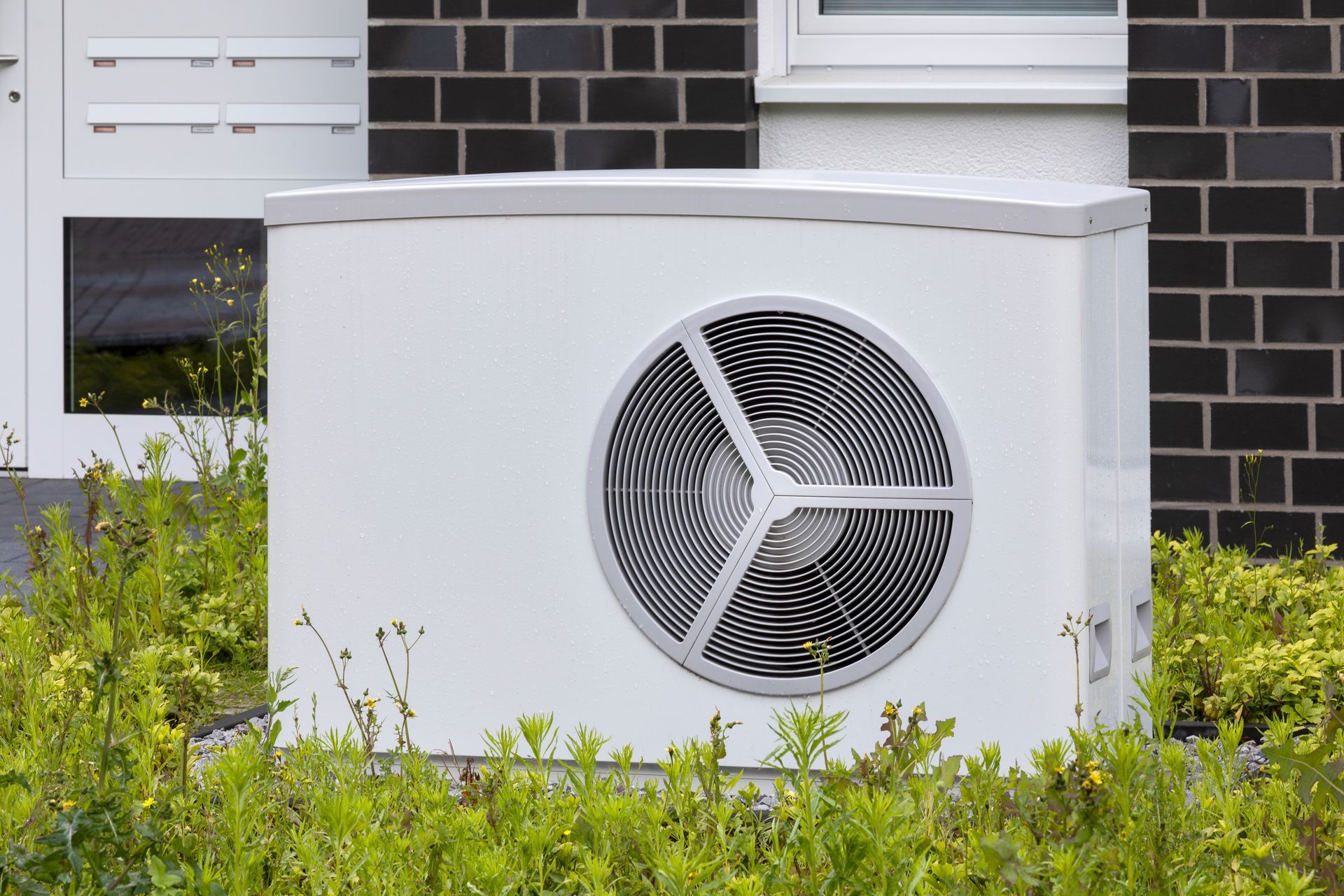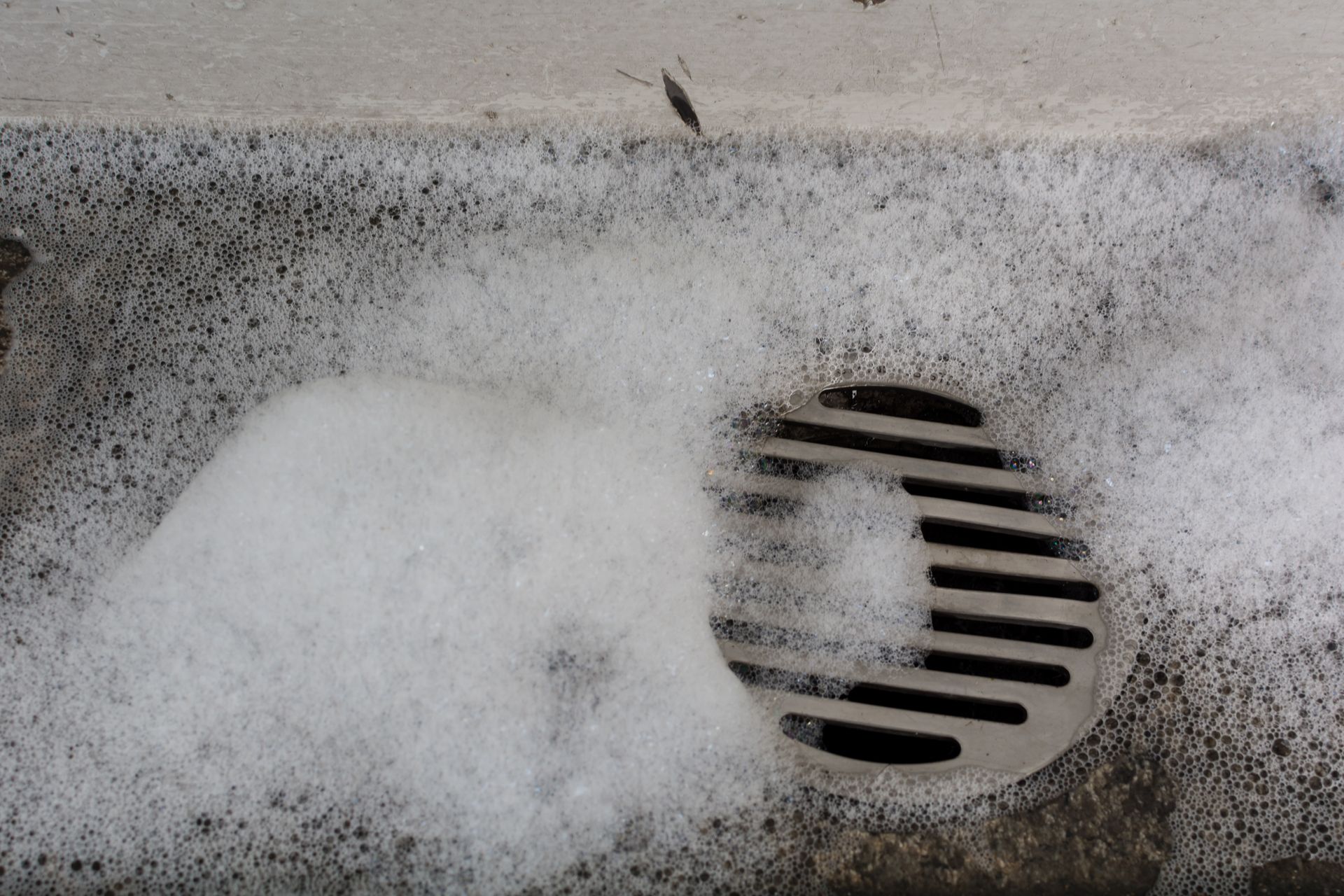AC & Heating Experts Explain Why HVAC Load Calculation Isn’t for Amateurs
Calculating the load on an HVAC system is a critical step in ensuring your home's new heating, ventilation, and air conditioning systems will operate correctly. But what exactly is involved in this calculation, and why is it so essential? Should you attempt to calculate your HVAC’s load yourself?
Today, our expert team, provider of Georgia’s most-trusted 24-hour HVAC repair services, explain what goes into a load calculation and the importance of letting professional heating installation services handle your new construction HVAC’s duct design.
Why Perform a Duct Load Calculation?
Not many people realise that simply connecting HVAC components won't guarantee efficient operation. In fact, load calculation is essential to ensure your ductwork is correctly designed for your home. The consequences of poor duct design include:
- The AC running non-stop
- Uneven room temperatures
- Skyrocketing energy bills
- Health issues such as sore throats and respiratory problems
- Paying for expensive 24-hour HVAC repair services when your overworked, poorly designed HVAC breaks down at the height of summer!
Correct duct sizing through an accurate HVAC load calculation service can prevent these challenges.
What’s Involved in Load Calculation for HVAC Installation?
The intricacies involved in duct load calculations and installations aren't for amateurs and should be left to
professional HVAC installers to avoid costly repairs and reconfigurations down the line.
Here’s a breakdown of the primary components involved in a Manual J HVAC load calculation:
- Square Footage: The total area of each room. This gives an idea of the heating or cooling requirement for every space
- Air Velocity: This relates to the BTUs (British Thermal Units) needed for each room – BTUs are a measurement that shows how much energy your AC will use to remove heat from your home within an hour
- Available Static Pressure: Vital for determining airflow within the system. Should only be calculated after deducting pressure drops from components
- Total Effective Length (TEL): The length from the farthest supply outlet to the farthest return outlet. It helps in identifying the friction rate within your ducts
- Friction Rate Loss: This tells how much pressure drop a system can handle
Good Duct Design Essentials
For optimal heating and cooling distribution, maintain equal distances between supply trunks along the supply plenum (air-distribution box). Ensuring the correct number and diameter of registers is equally critical.
Why Buzzell Plumbing?
Buzzell Plumbing, Heating & Air residential HVAC experts have the experience and know-how to ensure that your ductwork is designed and installed accurately.
Every member of our HVAC installation team is fully trained in load calculation and duct design, to ensure your AC system is installed perfectly the first time round. Our balanced pricing and efficient equipment promise to extend the lifespan of your residential HVAC & plumbing.

So whether you need our 24-hour HVAC repair services, a regular air conditioning service in Warner Robins, GA, or simply want to discuss AC load calculation for your home, contact Buzzell Plumbing today. Let us take care of the technical details as we ensure your home's comfort for years to come.











